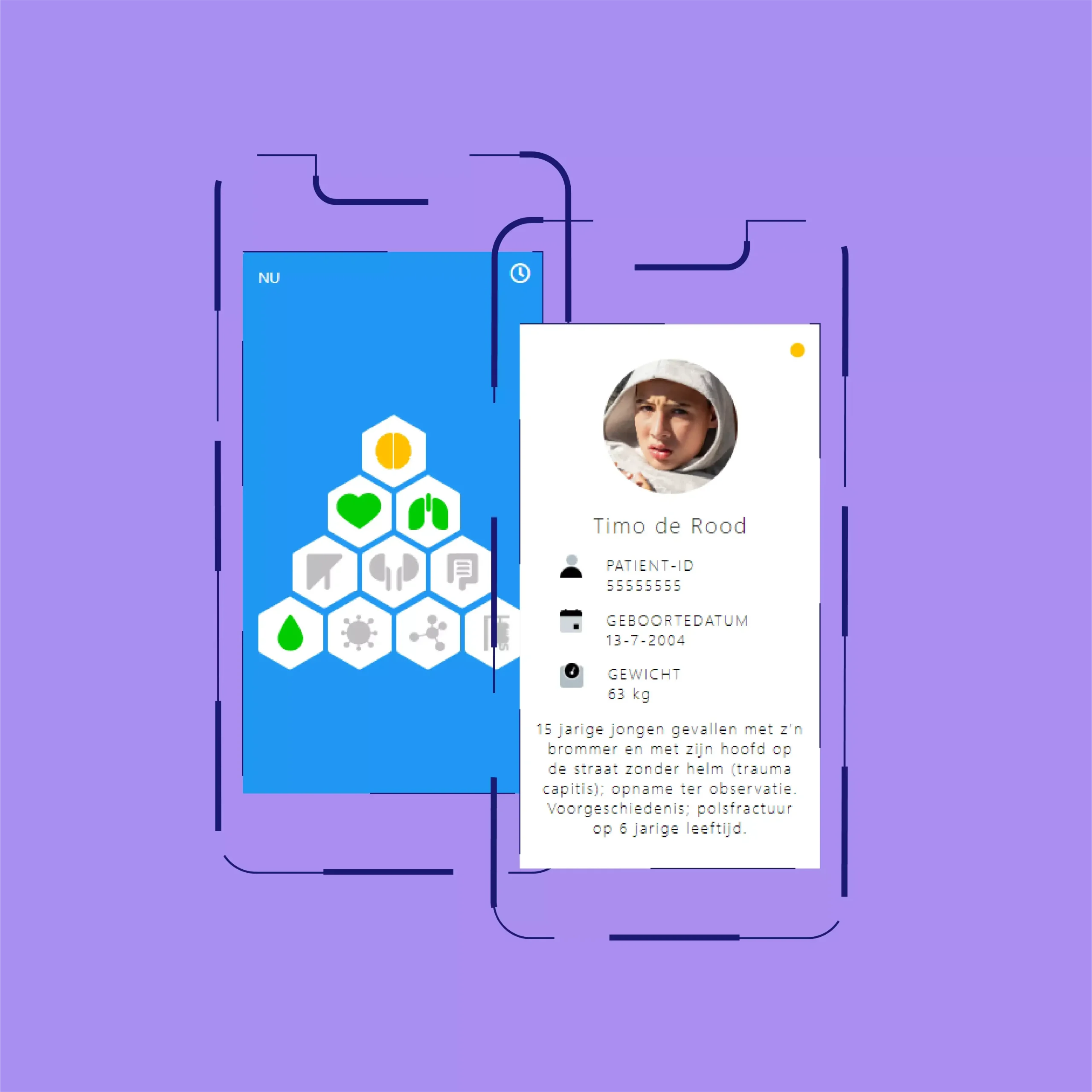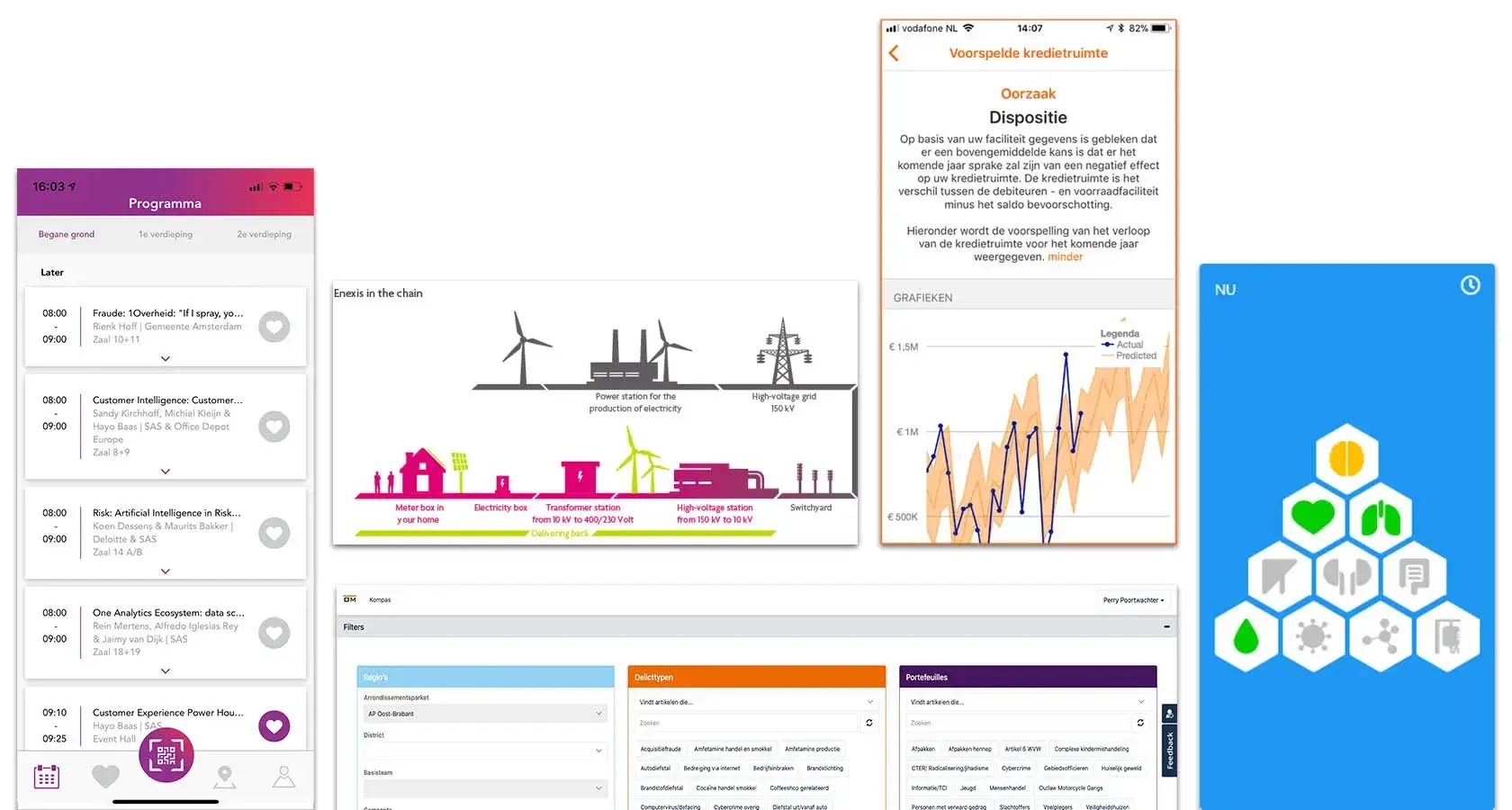Technology Helping Cool
Burnout’s Rampant Rise
in Healthcare
Workplace burnout is becoming an increasingly prevalent problem in the healthcare industry with over a half of American physicians and a third of nurses experiencing its symptoms.

07-2019
Author: James Rowbotham (Meet Our Team)
Workplace burnout is becoming an increasingly prevalent problem in the healthcare industry with over a half of American physicians and a third of nurses experiencing its symptoms.
Even in the Netherlands, which reportedly boasts one of the the lowest rates of workplace burnout in Europe, symptoms were recorded by 31% of Dutch medical residents and 1 in 5 Dutch general practitioners.
So what is burnout? Why is there a burnout epidemic in the healthcare industry? And how can we use technology to help reduce it?
What is Burnout?
Workplace burnout has been described as:
A combination of exhaustion, cynicism, and perceived inefficacy resulting from long-term job stress
If unrecognised, the effects of burnout are not just detrimental to a physician’s health, but also to the health of their patients and the healthcare system in general.
This is because burnout is associated with increased rates of:
– Irrational decision-making– Detachment from work/patients
– Emotional distancing
– Depression, alcohol and drug abuse
– Divorce, suicide, and feuds with coworkers
Hence, burnout has resulted in serious medical errors. For instance, one study found that nurses who reported higher levels of burnout were associated with higher rates of both patient mortality and increases in hospital-transmitted infections.
The Causes of Burnout
There are personal, environmental and situational factors associated with the onset of workplace burnout. Of the situational factors, excessive workload, monotonous work — like data entry, data reviewing, filling out forms — and information overload rank as the top factors contributing to physician burnout.
There is currently a great deal of attention around this issue, with prominent figures like Eric Topol — cardiologist, geneticist, and author of Deep Medicine: How Artificial Intelligence Can Make Healthcare Human Again — calling for ‘keyboard liberation’ of the healthcare sector. Suggesting that a reduction in the amount of time that physicians spend at their keyboards would help reduce burnout.
Keyboard Liberation
Today’s physicians spend a disproportionate amount of time on documentation and clerical duties — namely, the collecting, entering, and interpretation of patient data.
This precious time could better be spent on patient consultation, improving physician-patient relationships or on a physician’s personal and professional development.
These same conclusions were drawn by Teus Kappen (Chief Information Officer) and Erik Koomen (Paediatric Intensivistat) at the University Medical Centre in Utrecht (UMC) who found that a large proportion of a physician’s time and mental effort at the UMC was spent on gathering and interpreting patient data.
They recognised that patient data at the UMC, which comes from various sources and diagnostic tests, is typically entered — but also reviewed — at different digital locations. This data is not well integrated and not often visible in one place. In addition, there is vast amounts of data, which causes more distraction than clarity and can often lead to data overload for the physician.
A Solution: UrSmartStatus
Over the past year, Finaps and the UMCU have been attempting to find a solution to this issue. The UrSmartStatus application aims to reduce the amount of time and mental effort spent on understanding the health status of patients. It features a patient dashboard that allows physicians to filter through their patient list and quickly ascertain the status of a given patient’s critical organs.
Data that is non-essential and that would otherwise cloud the picture is filtered out by the application, which displays the retrospective status of a patient’s critical organs, as well as the current status and a prediction of how the organ’s status is likely to progress in the coming hours.

The organ’s status is represented by four colours (where the organ is grey no data is available).
- Green: The metrics that determine the organ’s status fall within the normal range for patients.
- Yellow: A mild diversion from the normal range. The physician may need to pay attention to it at some point.
- Orange: Some of the metrics may diverge from the norm and so the patient may need a physician’s attention on short notice.
- Red: The metrics significantly diverge from the normal range and should therefore be a cause for concern. Immediate attention is required
The physician then has the option to further inspect an organ’s key metrics, with options to visualise the min/max and actual data over time.
Project Progression
In the coming months the application’s infrastructure will be built out and improvements will be made to the user interface and to the predictive model that underpins the application’s functionality.
Although UrSmartStatus is still very much in its infancy as a project, it represents the start of an exciting new avenue of innovation that provides an example of how technology can be harnessed to reduce physician burnout in the healthcare industry.
Finaps would like to thank Teus Kappen, Erik Koomen, O’Jay Medina and Sebastiaan Broekema, Marieke Bluemink and all other supportive staff from the UMC Applied Data Analytics Department who, together with Finaps, provided the technical know-how to bring this idea into fruition.


